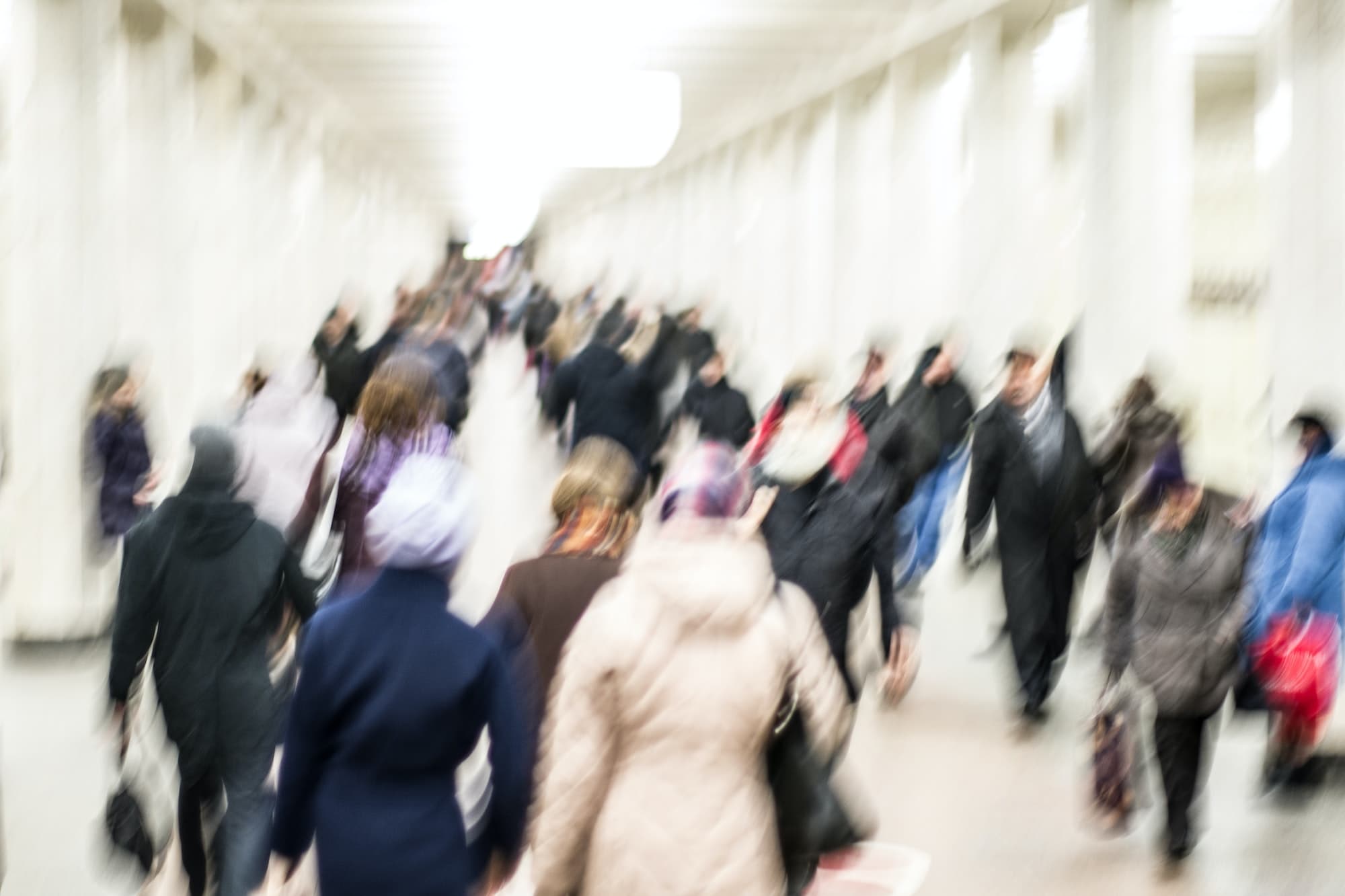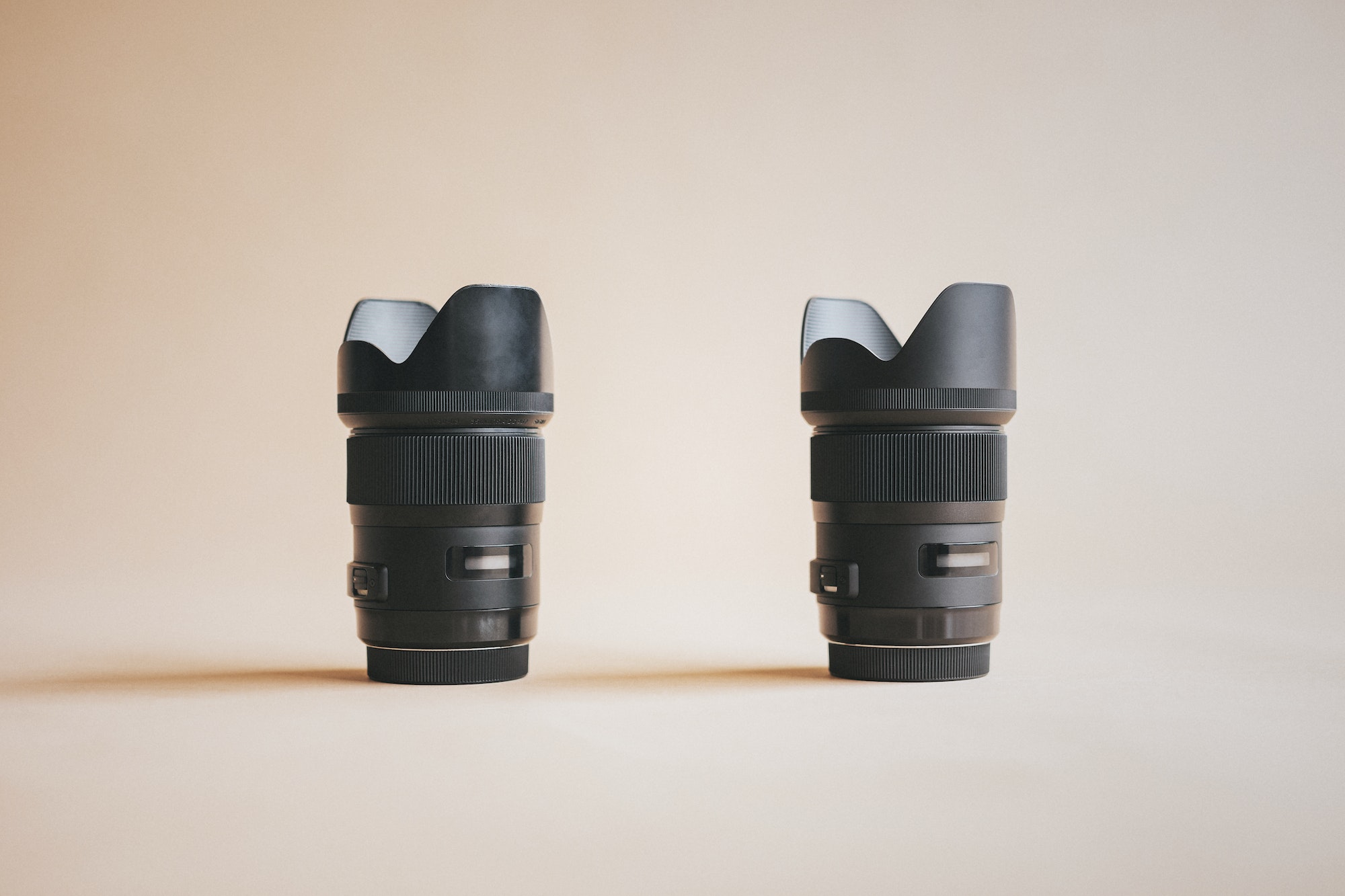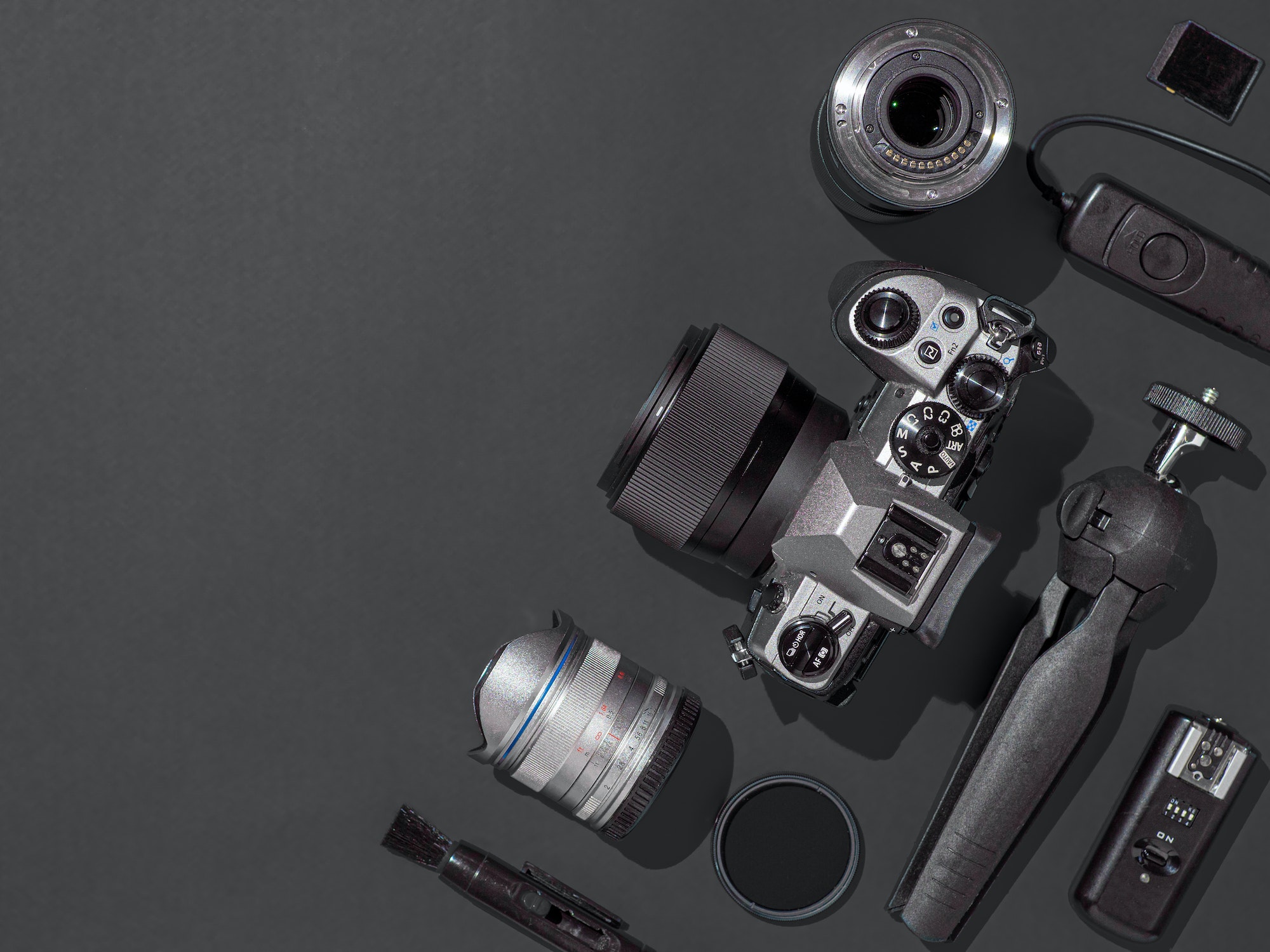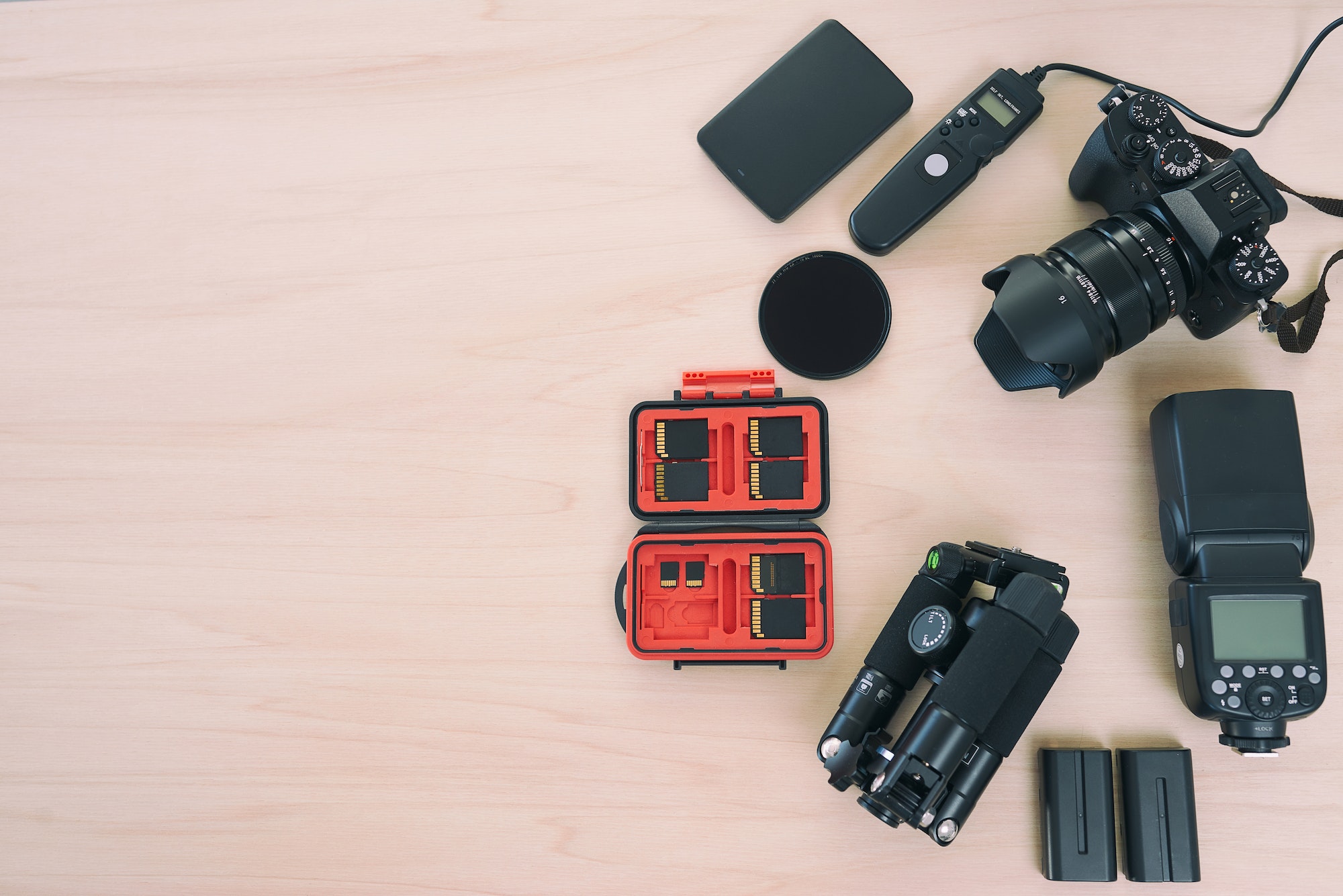
The Importance of Image Stabilization in Street Photography Cameras
Street photography is an exciting and dynamic genre that often requires photographers to be quick on their feet and ready to capture spontaneous moments. One of the challenges of shooting on the move is dealing with camera shake, which can result in blurry images. Image stabilization is a valuable feature that can help counteract this issue and ensure your photos are sharp and in-focus. In this blog post, we'll discuss the importance of image stabilization in street photography cameras and how it can benefit your work.
What is Image Stabilization?
Image stabilization (IS) is a feature built into many cameras and lenses that helps reduce the effects of camera shake. Camera shake occurs when the camera moves during exposure, leading to blurry images. Image stabilization works by compensating for these movements and steadying the camera, allowing you to capture sharper images even when shooting handheld.
There are two primary types of image stabilization:
- Optical Image Stabilization (OIS): This type of stabilization is built into the lens and works by shifting elements within the lens to counteract camera shake. OIS is particularly effective for longer focal lengths, where camera shake is more pronounced.
- In-Body Image Stabilization (IBIS): This type of stabilization is built into the camera body itself and works by moving the camera's sensor to compensate for camera shake. One advantage of IBIS is that it works with any lens, including older or non-stabilized lenses.
The Benefits of Image Stabilization for Street Photography
Image stabilization can be a valuable tool for street photographers, offering several benefits:
Sharper Images
The most obvious benefit of image stabilization is the ability to capture sharper images when shooting handheld. This is especially important in street photography, where you often need to react quickly to fleeting moments and may not have time to set up a tripod or stabilize your camera in other ways.
Lower Light Shooting
Image stabilization can also be helpful when shooting in low-light situations, as it allows you to use slower shutter speeds without introducing motion blur. This can be particularly beneficial in street photography, where ambient light levels can vary greatly and you may need to adapt quickly to changing conditions.
Flexibility and Convenience
Using a camera with image stabilization can provide greater flexibility and convenience when shooting on the streets. You won't have to worry as much about finding a stable surface or using a tripod, allowing you to focus more on capturing the perfect moment.
Enhanced Video Quality
If you also shoot video while out on the streets, image stabilization can help you achieve smoother, more professional-looking footage. This can be particularly useful for capturing moving subjects or when shooting handheld footage while walking or moving.
Is Image Stabilization Always Necessary?
While image stabilization can offer significant benefits for street photography, it's not always a must-have feature. Some photographers prefer to rely on faster shutter speeds, higher ISO settings, or other techniques to minimize camera shake. Additionally, certain camera systems, such as rangefinders, may not offer image stabilization options.
Ultimately, the importance of image stabilization in your street photography will depend on your shooting style, the conditions in which you typically shoot, and your personal preferences.
To Recap
Image stabilization can be a valuable feature for street photographers, helping to capture sharper images, shoot in low light, and enjoy greater flexibility while on the move. By understanding the benefits and limitations of image stabilization, you can make an informed decision about whether this feature is essential for your street photography needs and choose a camera system that best suits your requirements.


